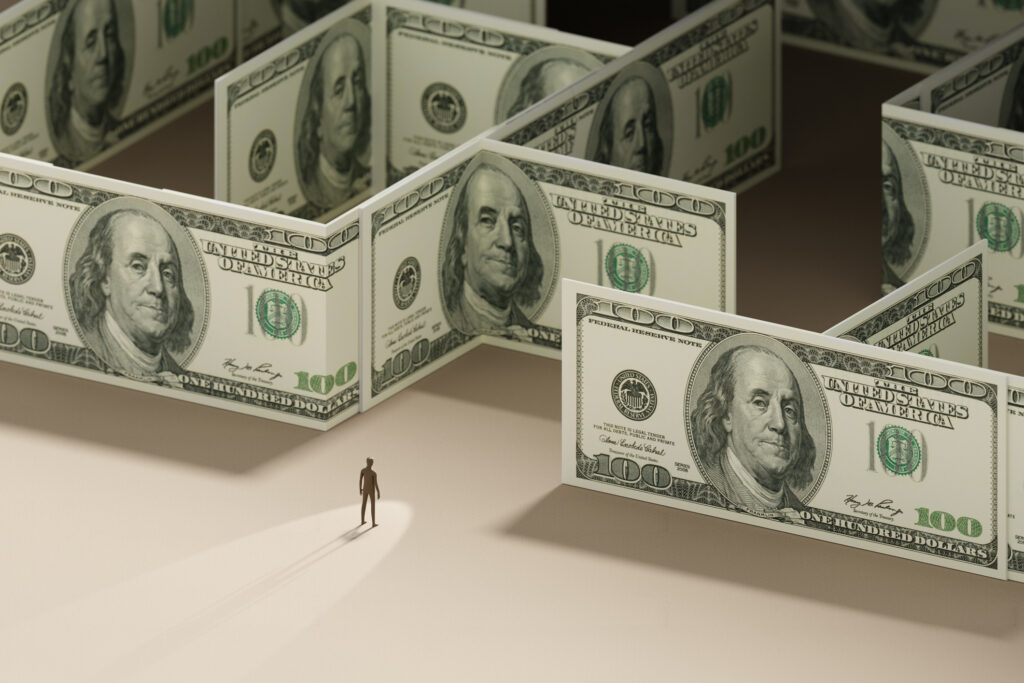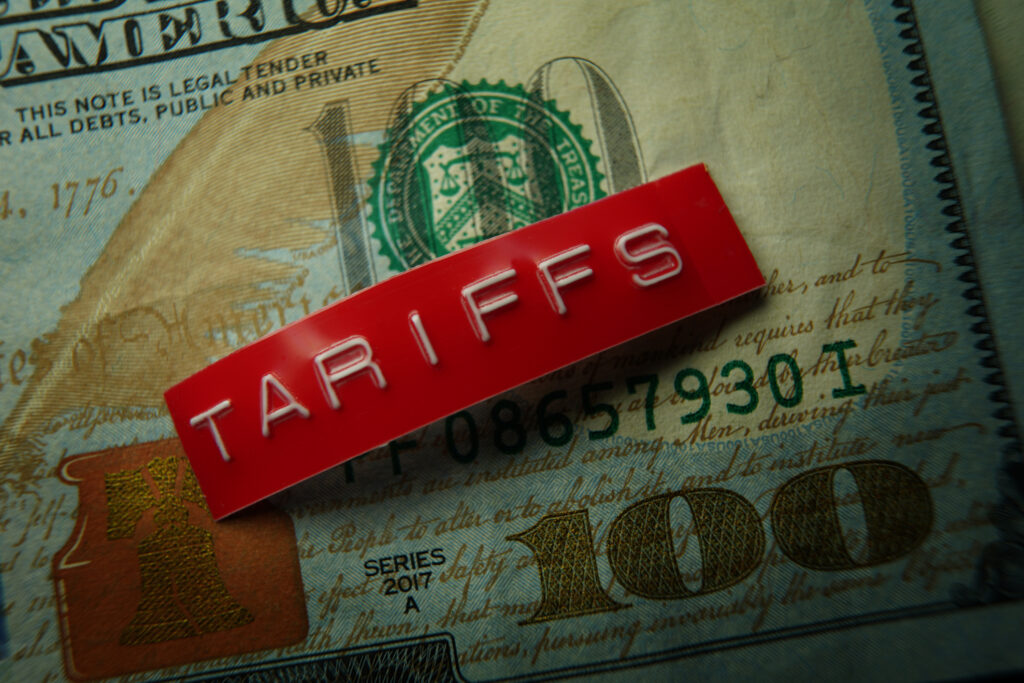Two wrongs may not make a right, but a second dose of poison might just cure the first dose. That’s at least what Paul Krugman, America’s most prominent left-wing economic pundit, is saying about an untapped remedy for our economic woes. In his April 5 New York Times column, “Not Enough Inflation,” Krugman repeated his claim that “a bit more inflation would be a good thing, not a bad thing.”
If you’re wondering how progressively higher prices for everyday goods could help any household get ahead economically, let alone contribute to overall economic recovery, you’re in good company. As all econ-principles students know, inflation is caused by an increase in the supply of money relative to money demand. The increase in consumer goods prices—that’s how the layman defines and experiences inflation—is really just a symptom of the reduced purchasing power of money caused by the increase in its quantity.
The higher prices for all goods in turn mean lower real incomes for consumers—which is all of us—not to mention that inflation is also typically symptomatic of the boom-bust business cycle and can cause significant widespread economic damage. In its most severe forms, inflation can wipe out people’s monetary wealth and bring commerce to a halt.
‘Sticky Wages’ Argument
But smart guys like Professor Krugman aren’t mere monetary cranks. They know that high inflation is economically dangerous. What they’re asking for is just a small, temporary dose of fresh money to inject some new life into the economy.
There is a kernel of truth to this inflationary prescription. As the Scottish philosopher David Hume explained in his 1752 essay Of Money, prices for different kinds of goods react differently to new money entering the economy. Generally speaking, commodities or consumer goods prices will rise faster than wages. So for a manufacturing entrepreneur, for instance, who employs many workers, inflation will cause output prices (revenue) to increase relative to wages (costs), bringing an increase in profits that will induce an increase in output. Therefore, in Hume’s terms, an increase of money “must first quicken the diligence of every [entrepreneur], before it increase the price of labor.”
This “sticky wages” effect is what economists like Hume, John Maynard Keynes, and Krugman have in mind when advocating inflationary stimulus. Krugman also notes that “parts of the private sector continue to be crippled by the overhang of debt accumulated during the bubble years,” and that “modest inflation . . . by eroding the real value of that debt . . . [would] help promote the private-sector recovery.” So higher inflation not only increases the demand for labor, but can also help clean up companies’ and individuals’ balance sheets, giving them the ability to ramp up their hiring and spending.
Temporary Stimulus Effect
There are two big problems with inflationary stimulus. The first involves the process dynamics of the market economy. The inflationists tend to omit the rest of the story, which involves the long-run effects of new money.
New money will eventually increase all prices—even wages—meaning the stimulus effect can only be temporary. For if entrepreneurs read the price increases not as mere inflation, but higher demand for their products (as the inflationists hope), they are liable to make investments to expand their production capacity. Once the inflation effect peters out, once rising wages eventually push profits back down, they find that extra production is no longer profitable.
In a rising inflation environment, moreover, people will eventually come to anticipate further price increases. Workers demand upward wage adjustments in advance, and entrepreneurs anticipate rising costs and thus scale back their expansion plans. Once people catch on to inflationary stimulus in this fashion, larger and larger money injections (that is, higher inflation rates) are needed to merely maintain output levels. At some point, the high, rising, and volatile inflation rate itself becomes a drag on the economy. Miscalculation of next year’s, or even next month’s, inflation rate could spell disaster for entrepreneur and worker alike. As inflation heats up, it can actually drag investment down, as people seek to shelter their wealth in “sterile” assets like gold. Inflation, instead of a stimulus factor, becomes a source of economic confusion and frustration.
Redistributed Income
The second big problem with inflation is a moral one. Along with causing economic confusion, inflation redistributes wealth. The key fact here, again, is that not all prices rise immediately when new money enters circulation. People who are first to receive the new money get to spend it before prices go up. Those last in line see prices go up before their own incomes do.
Inflation also redistributes wealth from lenders to borrowers, as Krugman indicated, by reducing the real value of debt. But Krugman conveniently ignores the corresponding fact that, whenever a borrower’s real debt burden is eased, a lender’s asset value is eroded. Thus to use inflation as a partial bailout for borrowers is to harm lenders and investors. This is happening already—even at “mild” inflation rates that are too low for Krugman’s tastes, real returns on investments like bank CDs are driven into negative territory.
Through these redistributions of purchasing power, inflation acts like a tax: a tax on savers, on investors, on those at the very end of the monetary policy food chain.
Tyler Watts ([email protected]) is an assistant professor of economics at Ball State University. Used with permission from the TheFreemanOnline.org.




